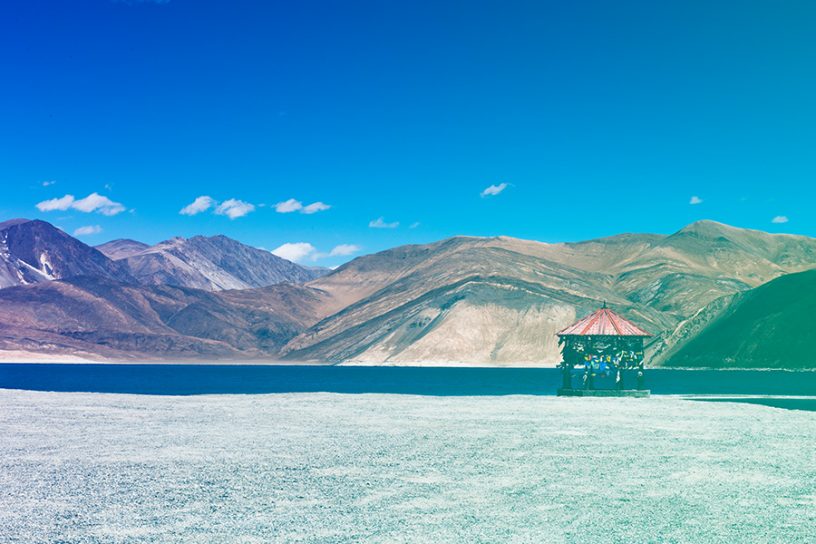
This paper argues that it is possible to read (socio-)economic boundary-making in Ladakh through the state’s influence in the organisation and experience of trade and tourism for Ladakhis and visitors.
Authors
Jessica Field, Adjunct Associate Professor, Jindal School of International Affairs, O.P. Jindal Global University, Sonipat, Haryana, India; Institute for Risk and Disaster Reduction, University College London, Gower Street, London, UK.
Birte Vogel, Humanitarian and Conflict Response Institute (HCRI), University of Manchester, Ellen Wilkinson Building, Oxford Road, Manchester, UK.
Summary
This paper analyses how everyday life, the state and nationhood are regulated and organised in a conflict-affected borderland space through economic activities. It focuses on two elements that are often overlooked when scholars discuss spatial governmentality: tourism and trade.
Both are commonly declared to be elements of peace, peacebuilding and cosmopolitism. However, the spatial governance of tourism and trade can also profoundly shape how national belonging and the limits of territory are perceived and experienced by borderland populations and visitors.
These dynamics can be acute in conflict-affected border zones, where state sovereignty may be under existential or territorial threat. This paper exposes such dynamics in the Indian conflict borderland area of Ladakh, a part of Jammu and Kashmir State until October 2019.
Building on scholarship that has analysed cultural and social dynamics of “bordering” in the region, this paper argues that it is possible to read (socio-)economic boundary-making in Ladakh through the state’s influence in the organisation and experience of trade and tourism for Ladakhis and visitors.
The paper highlights how their spatial organisation, in part, underwrites difference and separation, and aids in framing the contested territory as ‘Indian’.
Published in: Political Geography
To read the full article, please click here.


